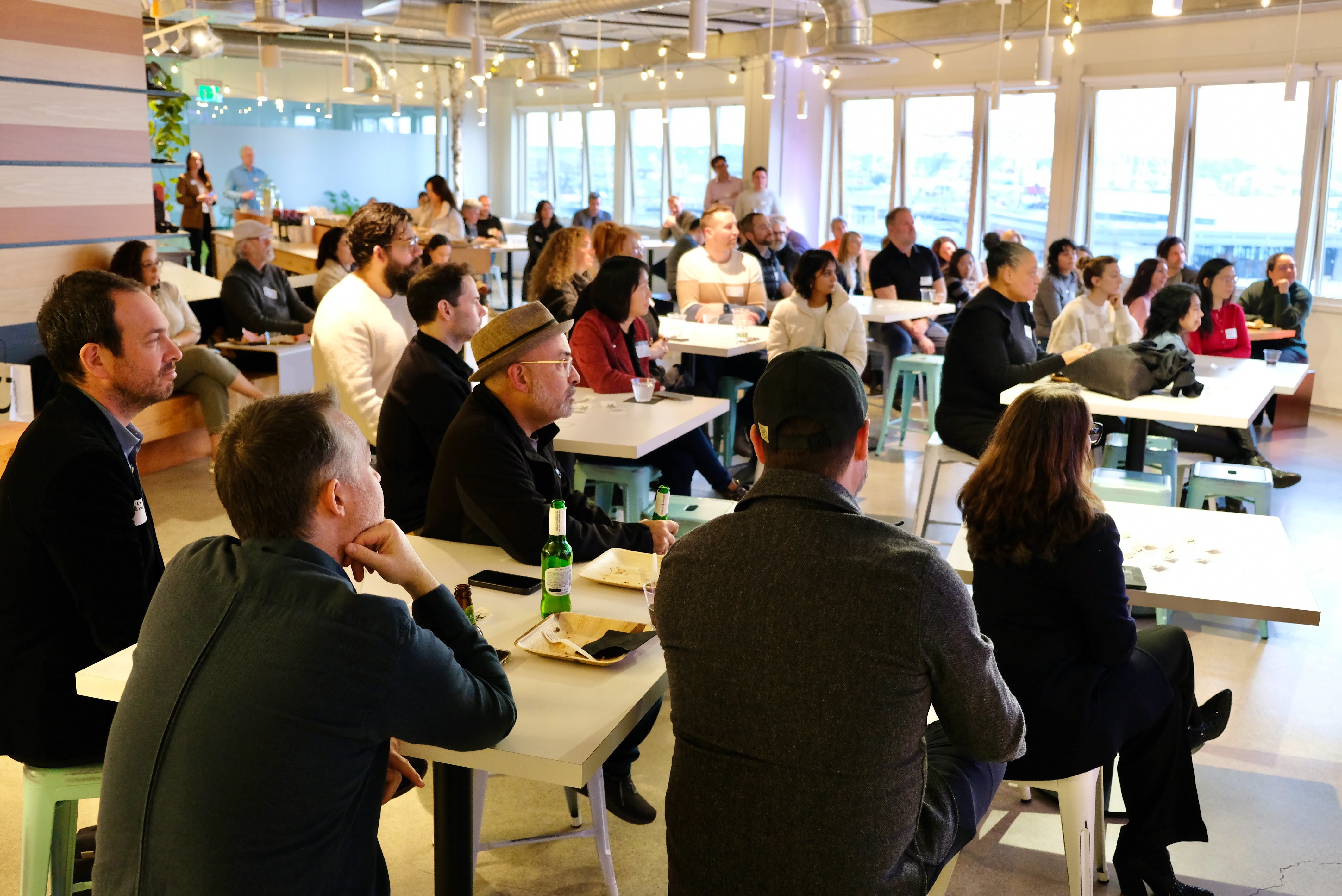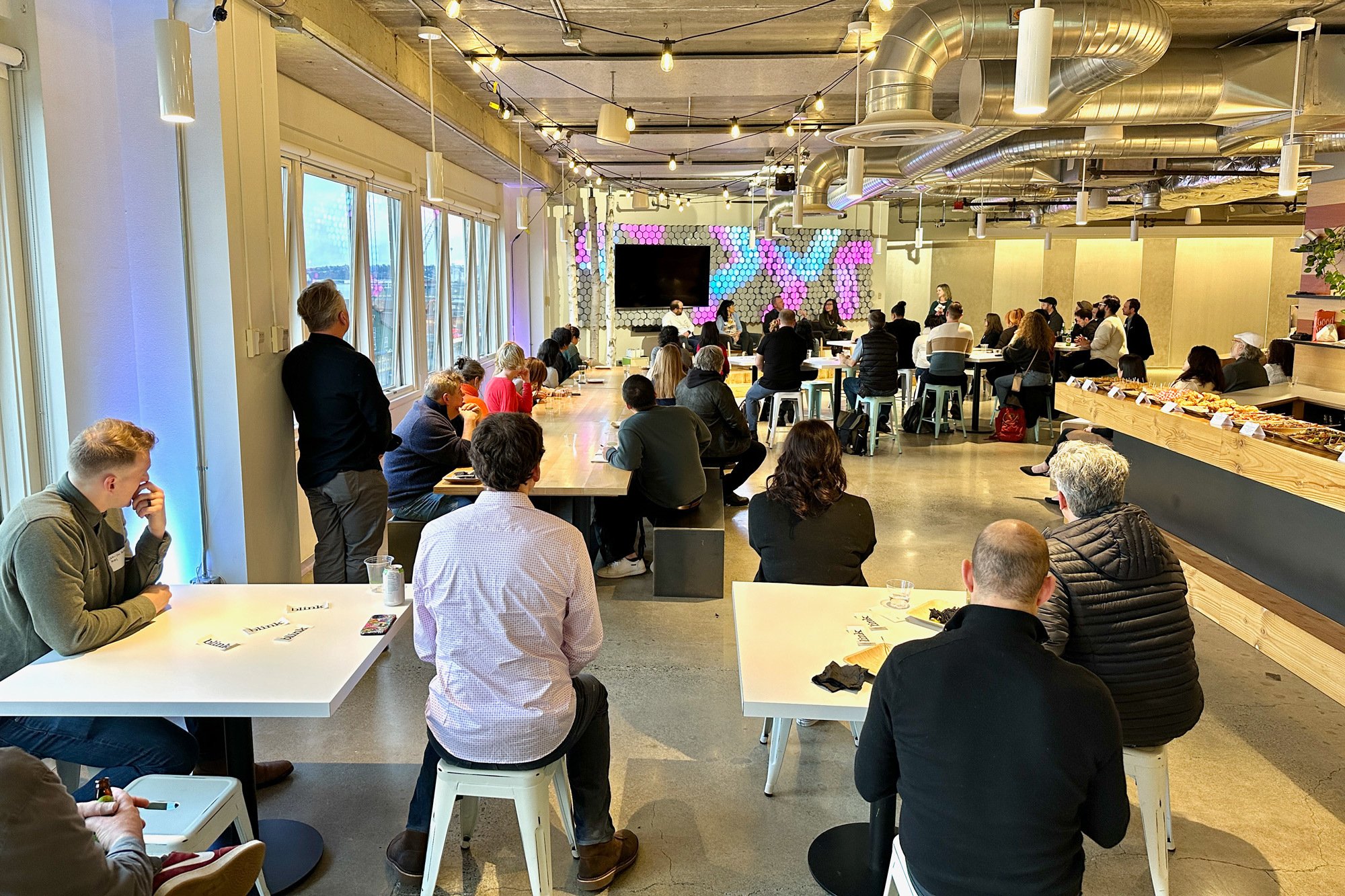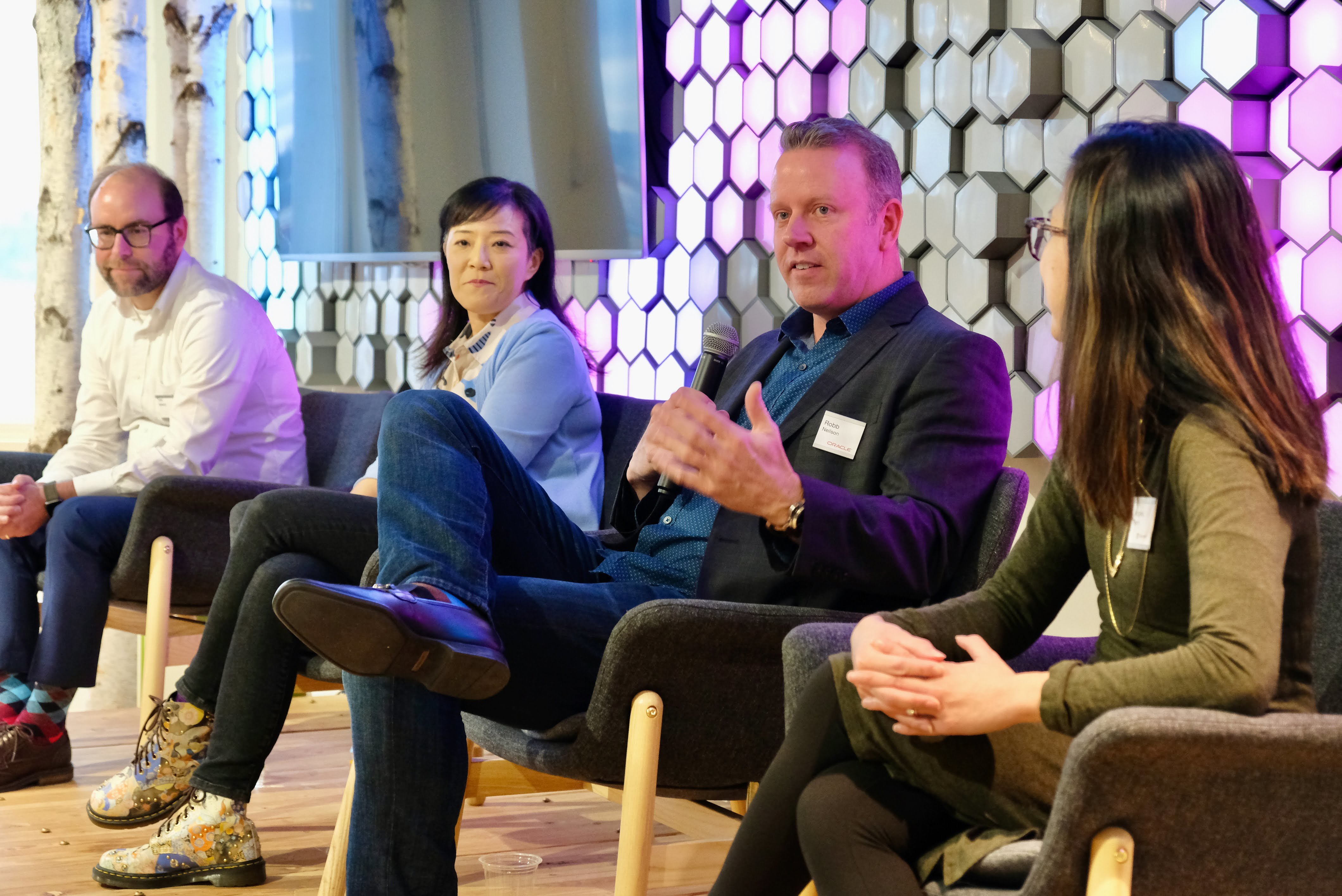
By
Jacob Phillips
Blink is kicking off its Speaker Series, a collection of Q&A articles featuring in-depth interviews with industry leaders who have spoken or will speak at a Blink event—join our list for event updates.
Our goal with this series is to tap into the unique experiences and knowledge of our distinguished guests: How do they see the future of user experience (UX)? How are trends shaping their UX strategies? How did they get to where they are today?
First up is Robb Nielsen, who recently joined our panel at the Blink UX Leadership Exchange. Robb has over 20 years dedicated to UX and is currently the Vice President of User Experience at Oracle Cloud. As VP, Robb leads a cross-functional design, research, and development team, driving the delivery of differentiated Oracle experiences.
Blink: Robb, how do you stay up-to-date on industry trends and incorporate them into your UX strategies?
RN: To me, everything is a user experience. In my day-to-day life, I pay attention to how people interact with their surroundings, which gives me insights into people’s behavior and evolving expectations.
I also read industry-based articles, follow UX-driven companies in the B2C space, and attend industry trade shows and other relevant events like Blink’s UX Leadership Exchange, where I’m surrounded by subject matter experts thinking about similar UX challenges.
What 2024 trends are you anticipating in the cloud services space that you find most impactful?
RN: Multi-cloud — users don’t want a one-size-fits-all approach, and that’s true for nearly all products and services across industries. In the enterprise software space, different providers are known for their excellence in different areas, so allowing customers to pick and choose the services they want across cloud infrastructure is a good example of Oracle’s customer-first approach.
How are you leveraging emerging technology to enhance the UX of cloud software?
RN: We’re trying to understand where today’s technology intersects with the future of technology and customers’ expectations.
The entertainment industry sets everyone’s expectations on what should be possible. Take the movie Ready Player One and the fully immersive virtual reality world they participate in, for example. And you can see that consumer expectations are set far in front of where technology is today.
So, at Oracle, we look at how we can innovate with today’s technology and delight our customers while paving a path for where we think customer trends will want us to go.
However, there are trends like GenAI quickly emerging that are changing everything and will empower businesses to find and address friction points in their customer experience faster than ever before. The obvious areas are reducing friction in your purchase path and addressing your top customer support issues, but the key is to solve these in a way that your customers are comfortable with as they grow to understand what to expect from this or any new technology.

How do you believe AI will impact cloud services in the next year?
RN: It’s going to start with users asking questions about how to use AI to do parts of their tasks, but it’s quickly going to grow into users expecting that they can command the majority of their setup and management tasks through a common language-based interface.
Siri, Alexa, and Google have already trained people on what to expect. And user expectations in this area, at least for now, are changing faster than technology can keep up. Visiting friend’s and family’s homes, I hear how differently they use these tools from simple home automation like turning on lights to solving debates at the dinner table by asking for a fact check. Every time you have a successful interaction with this type of technology, your expectations grow even higher on what you expect it to do for you next
The models are here, and the source for the models is here, but to make an impact, businesses must find ways to connect services, features, and surface areas across their offerings that will truly provide the value customers are growing to expect.
How do you foster collaboration between UX teams and other departments?
RN: Inclusion is key. When I meet resistance, I usually include the biggest resistors in the next part of the process.
At Oracle, we bring a variety of people into our design-thinking sessions and ask them to participate. Once they see it working, they understand that there’s a method and value to the creative process.
Everyone on the team — say, researchers and engineers — has one lens to look through. It takes years and their unique experience to build that lens. As a UX leader, you want to bring all those people to the table and have everyone look at the problem through their distinctive lens. That’s when the light bulb normally turns on, and people realize that UX is an empowering function here to help, coach, and guide — not control.
Can you share a specific KPI that you prioritize when evaluating the success of your UX initiatives?
RN: If I have to choose one, I’ll always choose customer satisfaction. However, where UX sometimes fails in identifying KPIs is by looking at the end of the process instead of the customer journey as a whole.
We often get caught up in usability KPIs, such as time on task and checkout abandonment rates. These metrics have been around for a long time and are useful; however, UX is much more valuable when we look at friction across different parts of the business, like sales, implementation, and customer support.
UX should partner with those business areas to understand their respective KPIs. Focus on improving those KPIs first before coming up with your own.

How would you recommend professionals build social capital?
RN: One way to build social capital is to be authentic and empathetic to your customers and employees. Build trust by being trustworthy, doing what you say you’re going to do, and listening more than you speak.
Seeking to understand your collaborators’ perspectives and how they formed those perspectives will align you with their interests and build social capital. Creating this shared understanding will build trust and can be a valuable part of the design and development process.
What are your thoughts on driving cultural change to become a design-led organization?
RN: At some point, when your company is competitive with price, features, expertise, and even customer support, experience is the one thing that will set you apart.
I’ve seen success by bringing stakeholders from various parts of the organization into the design process to generate quick wins that show the benefits of UX and leading with design. If you’re brought into a business just starting to invest in this area, partnering with firms like Blink can be a great way to speed up the delivery of value. I’ve teamed up with Blink to help spin up a research program, source research participants and provide insights that helped highlight the value of a design-led process while I could focus on building the rest of the programs and teams internally.
What is a valuable lesson you’ve learned in your career that you can share with emerging UX leaders?
RN: Being inclusive and a good listener has served me well in my career. The deeper value of these is to understand the why behind how people think and how they form their respective views.
Over time, it becomes clear that your lived experiences and points of reference shape your worldview. As you listen more and meet more people from different cultures, age groups, and varied educational backgrounds, you can be even more innovative in your decision-making.
It’s not only what the people are saying. It’s what led to them saying how they feel about what they’re saying that matters.
Stay connected
For information on upcoming Blink events and our next Speaker Series, subscribe to our email list!



